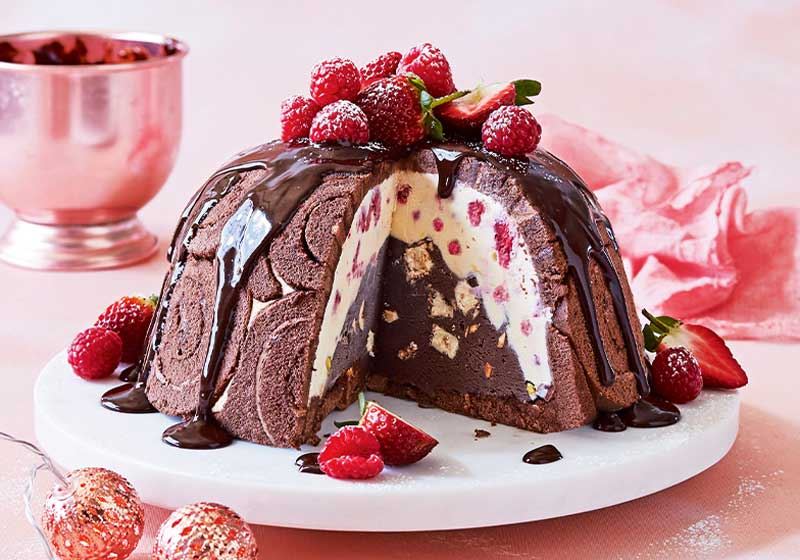By Leigh O’Connor.
Walk into a café on a crisp morning in Melbourne or along the breezy streets of Bondi and something catches your eye. Among the earthy browns of cappuccinos and the creamy swirls of flat whites, there it is - a cup glowing with a vivid, almost luminous green.
Matcha. Once an unfamiliar word, spoken softly by tea aficionados, it is now pronounced with casual confidence across counters and scribbled on chalkboard menus. Australians, long loyal to their coffee rituals, are beginning to cradle mugs of this finely ground Japanese tea with the same affection once reserved for their morning espresso.
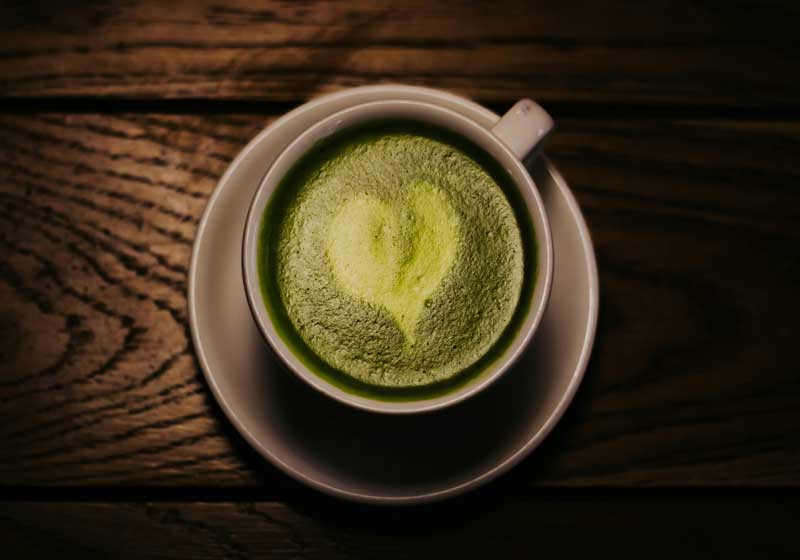
Coffee has always been woven into the rhythm of Australian life. The hiss of the espresso machine, the warm chatter of a café, the comfort of a barista greeting you by name - these moments are cultural cornerstones.
Yet matcha carries its own magic. Its preparation is slower, more mindful. The bright powder, whisked into hot water until it blooms into a frothy emerald surface, feels almost ceremonial. There’s something soothing in that act, a pause in a day that too often rushes forward. To sip matcha is not only to drink but to breathe, to taste something centuries old and deeply rooted in tradition.
The experience is different, too, in the way it lingers in the body. Coffee jolts you awake, often with a restless energy that peaks quickly before fading into a crash. Matcha, by contrast, is steady.
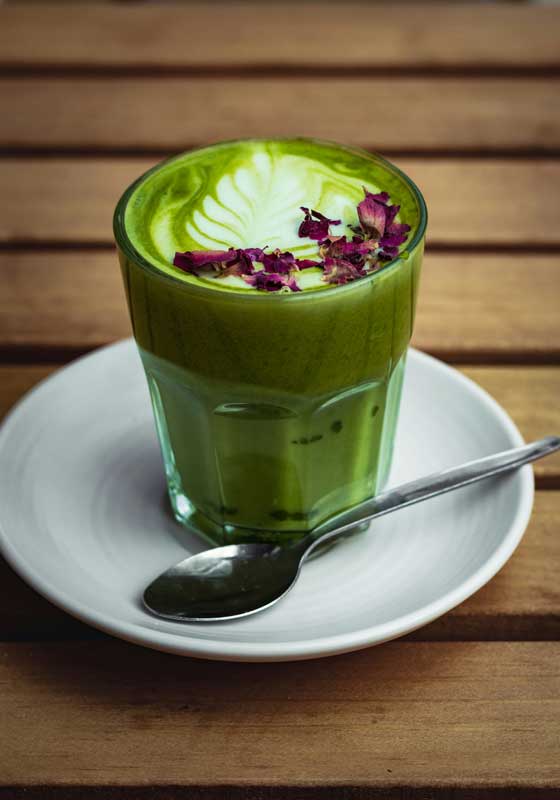
It hums softly in your system, carrying you through hours with a calm alertness that feels almost like a gentle hand guiding you forward. Thanks to the natural presence of L-theanine, the effect is smoother, less chaotic - a clarity rather than a buzz. For those who have long tolerated coffee’s jittery highs and abrupt lows, the shift feels like a revelation.
Cafés, once temples to espresso alone, have embraced the green wave. Matcha lattes are now listed proudly alongside macchiatos, served in delicate ceramic cups or poured over ice in tall glasses that sparkle with fresh colour.
Baristas experiment with its earthy notes, pairing it with oat milk, almond milk, even coconut for a tropical twist. Beyond drinks, matcha has crept into pastries and desserts, its striking hue brightening croissants, cakes and even cocktails shaken at twilight bars. What was once niche has become mainstream, woven seamlessly into Australia’s café culture.
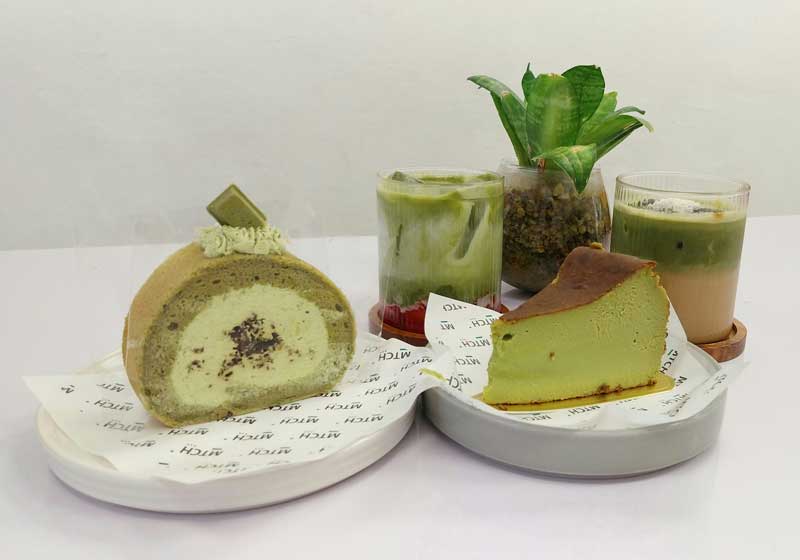
Younger generations in particular carry matcha forward with enthusiasm. They photograph its bright surface for Instagram, layering it with wellness captions and stories of mindful mornings.
For them, it is more than a drink - it is a lifestyle marker, a symbol of balance and conscious living. In its soft energy and antioxidant richness, matcha represents a vision of health that resonates with a generation less interested in quick fixes and more invested in rituals that sustain.
Yet, coffee will never truly vanish from the Australian table. It is too deeply etched into the nation’s character, too bound to the morning heartbeat of its cities and towns. What is happening instead is a gentle expansion.
Where once coffee reigned unchallenged, now a new companion sits beside it. Matcha does not overthrow - it complements, offering Australians another way to greet the day, another colour to paint their mornings.
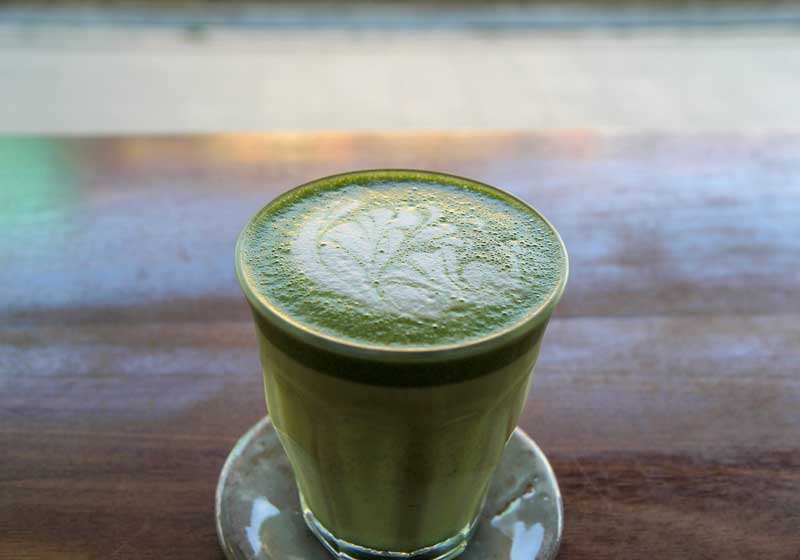
Perhaps that is why matcha feels less like a trend and more like a quiet cultural shift. It reflects an openness to global traditions, a hunger for experiences that nourish as well as excite.
In the end, the rise of matcha in Australia is not about replacing coffee at all. It is about giving space to something different, something ancient yet fresh, something that invites us to slow down, sip deeply and see the world in shades of green.






